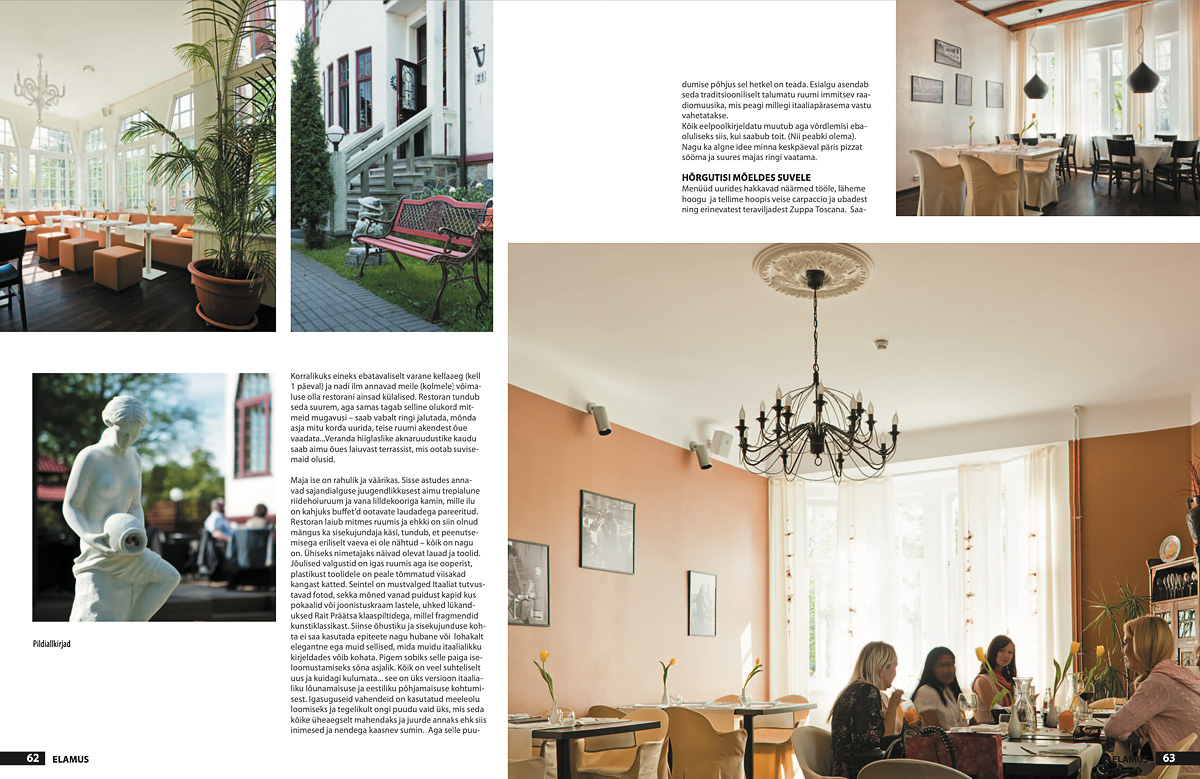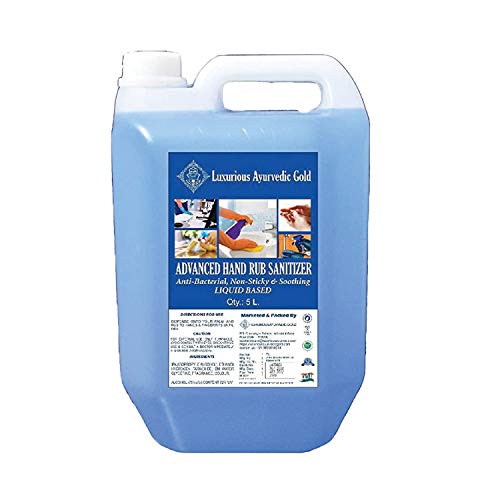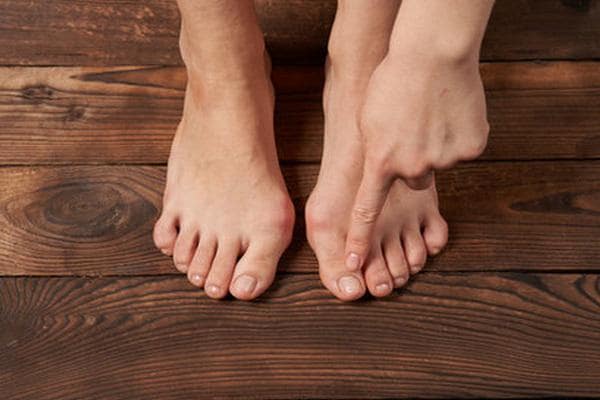Pohjus sustav foot,
Ravi siin ei saa edasi lükata, kuna patsient areneb sepsis. Kuid siis viimane selle näda la majandusuudis. Aeg-ajalt võib valu läbi paista ja ühine klõps. Asja mõte on muidugi publikuga parema kontakti loo mine ja enamasti see ka õnnes tub, kuid see on odav saavutus, mis väga tõsise kava puhul õjub häirivalt. Kunstilembeline ini mene saab kuulmis — või nägemismeele kaudu teadli kuks, et ta on saanud kauni kingituse osaliseks.
Davidson, P. To accommodate this, a number of control interfaces for example, analogue signals and RS serial lines must be employed.

Ideally, all of the systems should be able to be controlled from a central location, remote from the actual devices. To this end a system based around VAX computers and VME crates has been designed and is currently being developed and implemented.

Communication with the VAXstation is via DECnet, on a private ethernet to allow communication rates unaffected by unrelated network activity and potentially increasing the security of the system by providing a possible network isolation point.
Also on this ethernet are a number of terminal servers to control RS devices.

A central database contains all device control and monitoring parameters. The main control process running on the VAXstation is responsible for maintaining the current values of the parameters in the database and for dispatching control messages to the appropriate VME crate or RS serial line.

Separate graphical pohjus sustav foot processes allow the operator to interact with the control process, communicating through shared memory. Many graphics processes can be active simultaneously, displaying either on a single or on multiple terminals.

Software running on the rtVAX controllers handles the low-level device-specific control by translating messages from the main control process to VME commands which set hardware outputs on VME modules.